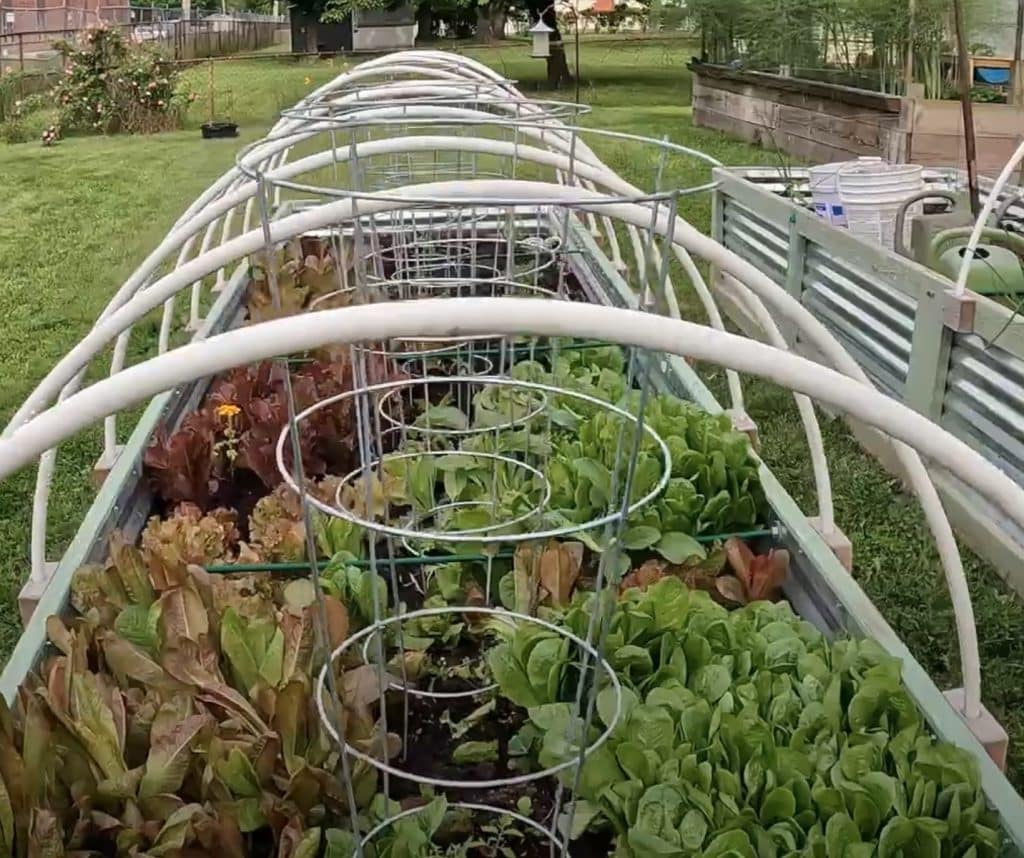
Tomatoes are a top pick for many home gardens, but they benefit enormously from well-chosen neighbors. The right companions can repel pests, improve flavor, and boost overall plant health.
These 12 reliable partners offer color, variety, and a little extra protection to help your tomatoes thrive all summer long.
1. Basil
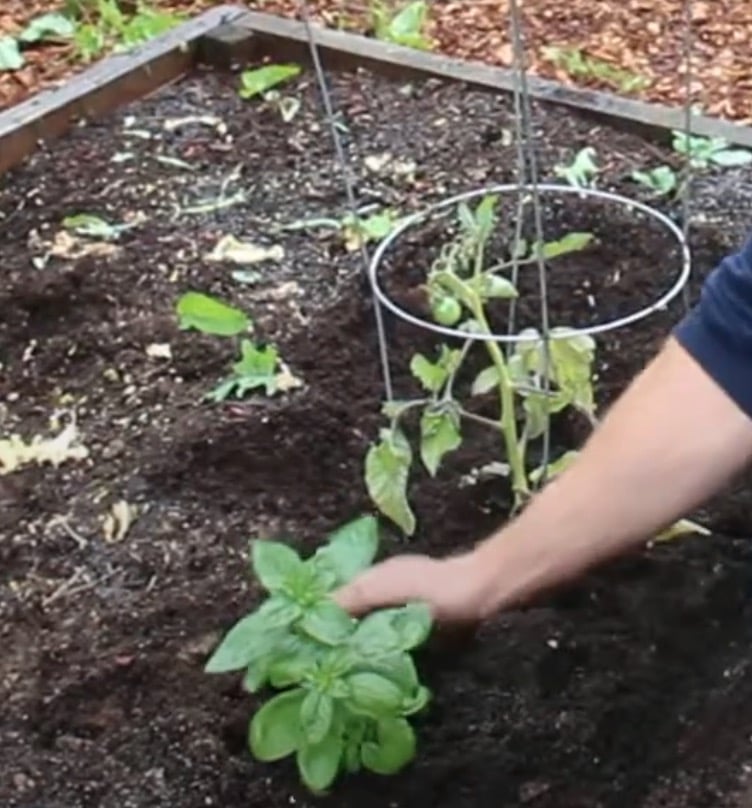
When to Plant: Sow seeds or transplant after the last spring frost, once temperatures stay above 50°F at night.
Common Varieties: Genovese, Sweet Basil, and Thai Basil are fantastic for flavor and aroma in the garden.
Companions: Basil pairs famously with tomatoes, but it also does well near peppers, oregano, and parsley.
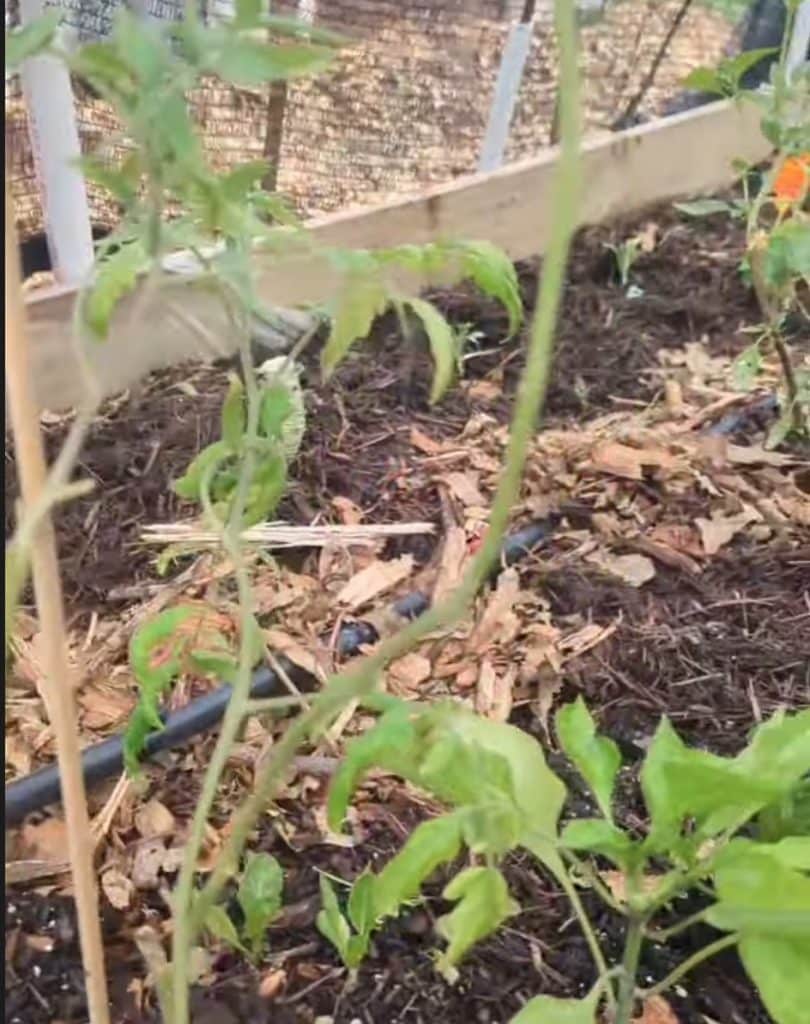
Basil’s aromatic leaves are thought to enhance the flavor of nearby tomatoes while its scent deters common pests like flies and mosquitoes.
Start basil in nutrient-rich soil, water consistently, and pinch off early blooms to keep the plant producing leaves.
Harvest regularly for use in salads, sauces, and pestos, making sure to leave enough foliage for steady regrowth.
2. Marigolds
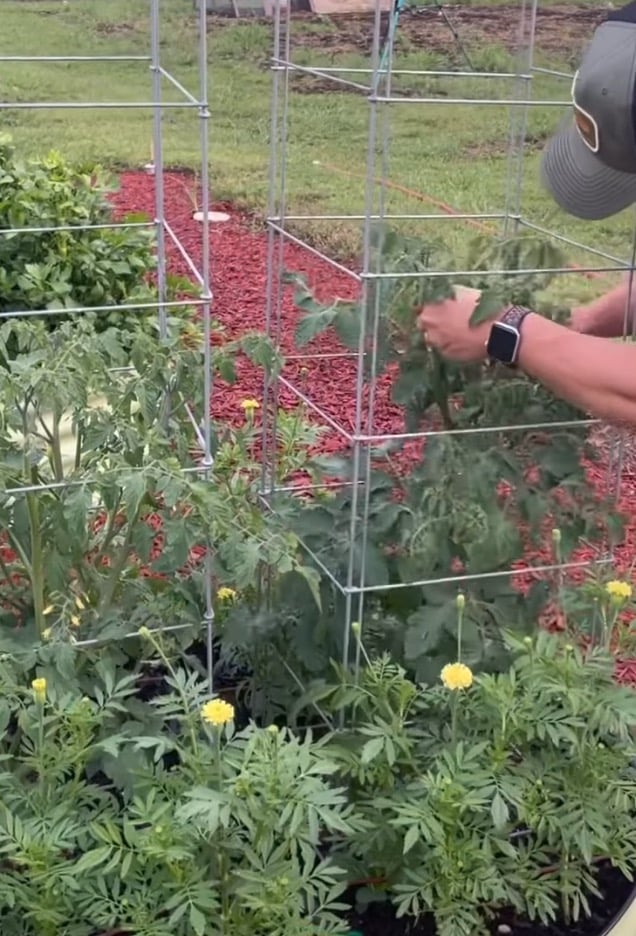
When to Plant: Sow seeds or set out seedlings in spring once the danger of frost has passed.
Common Varieties: French Marigolds (Tagetes patula) and African Marigolds (Tagetes erecta) are popular choices for pest control.
Companions: They grow happily near tomatoes, peppers, and eggplants, among others.
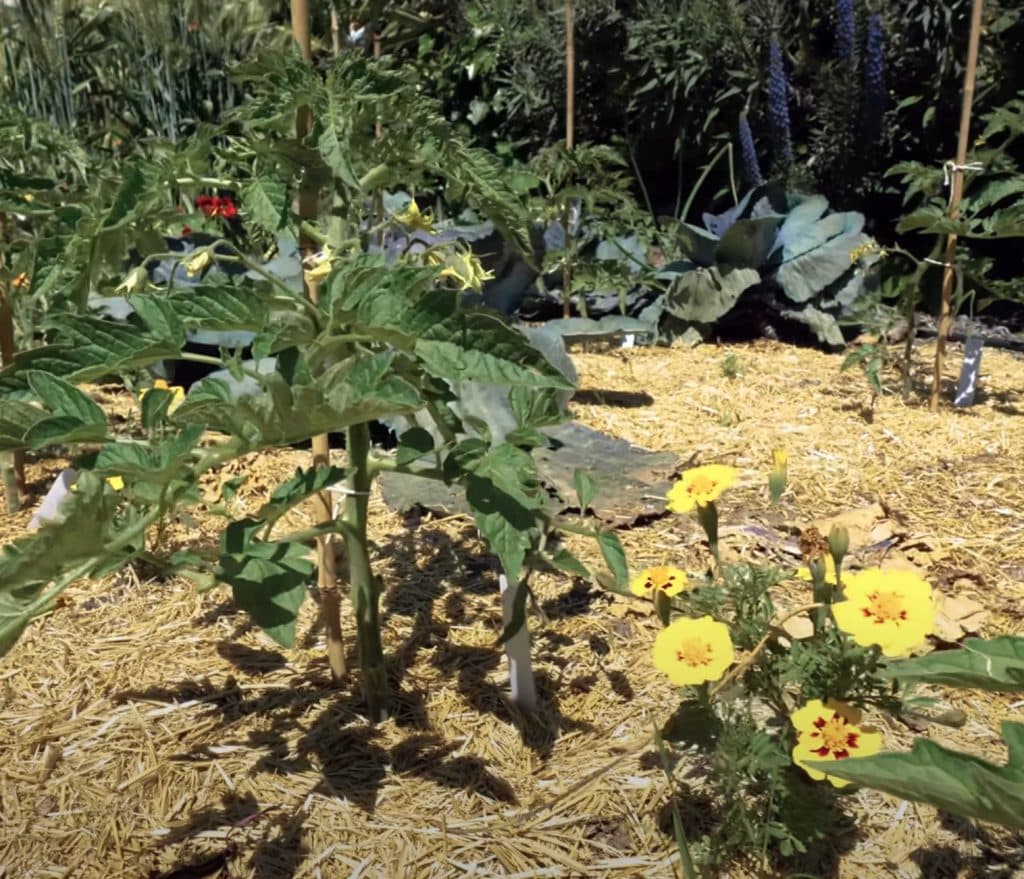
Marigolds are known for their vibrant blooms and their ability to repel nematodes, tiny worms that damage plant roots.
French Marigolds are particularly prized for protecting tomato plants from soil-borne pests. Tuck these flowers around your vegetable patch in full sun and ensure the soil drains well.
Regular deadheading encourages continuous blooms, bringing brilliant color and beneficial insects like pollinators.
The pleasant fragrance alone makes marigolds a welcome addition, but it’s their natural pest-fighting reputation that seals the deal.
3. Borage
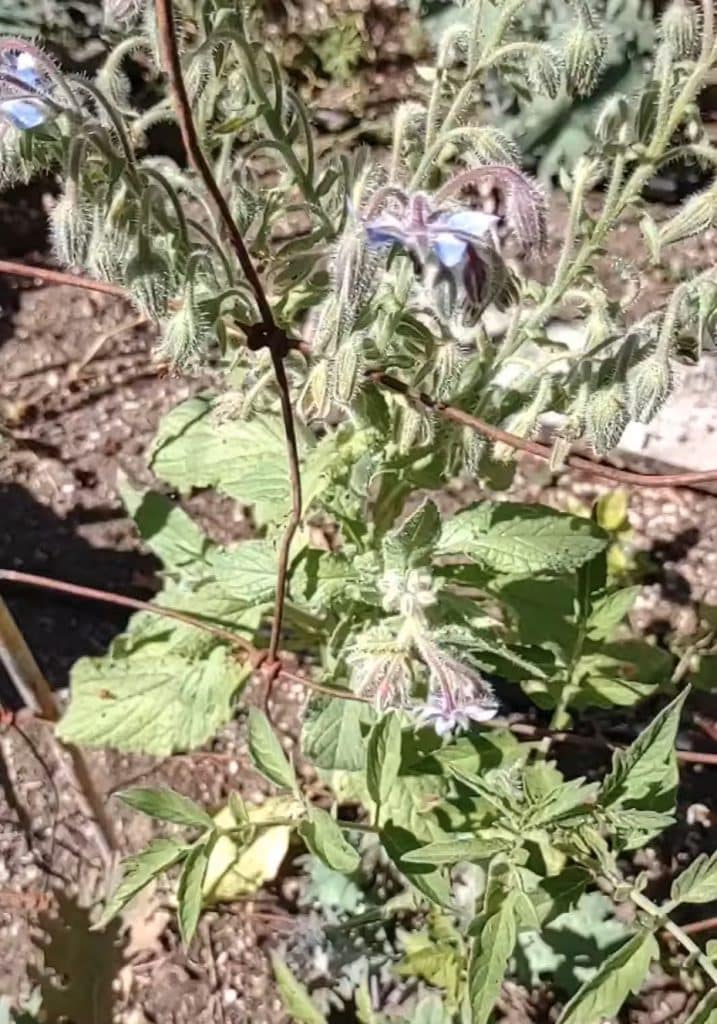
When to Plant: Direct-sow seeds in mid-spring once temperatures reach at least 50°F.
Common Varieties: Standard Borage (Borago officinalis) is the most common, with blue star-shaped flowers.
Companions: This herb pairs well with tomatoes, squash, and strawberries.
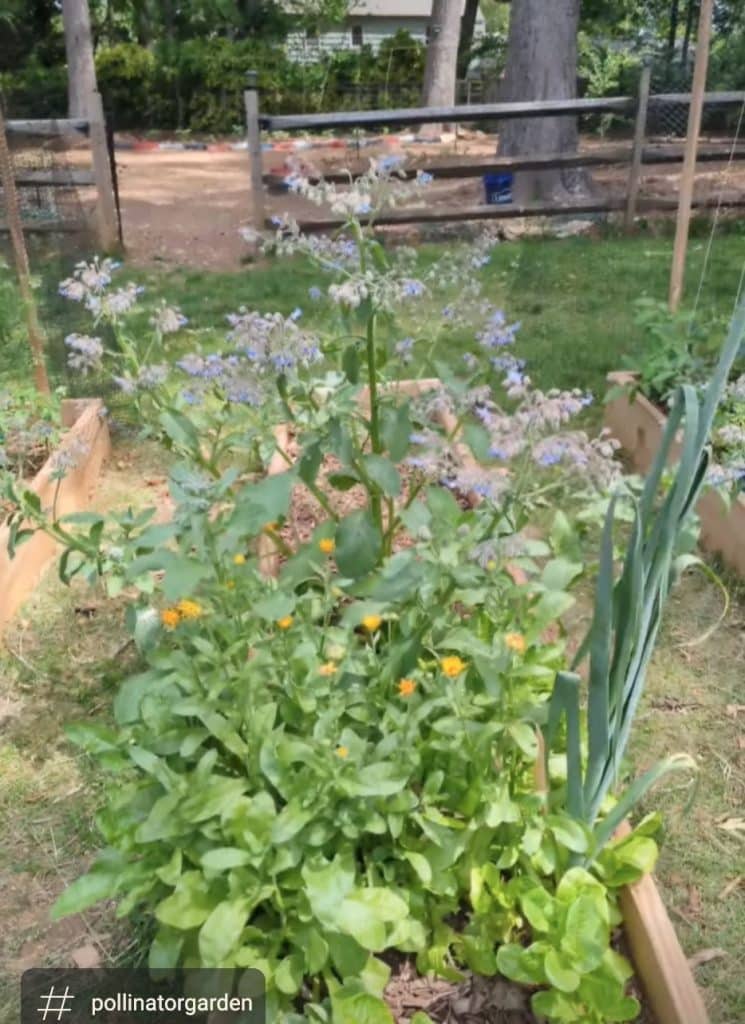
Borage might seem like an unusual choice, but its pretty blossoms and pollinator appeal make it a standout.
The starry blue flowers lure bees into the garden, boosting pollination rates for tomatoes and other crops. Plant borage in moderately rich soil and keep it evenly moist.
The leaves and blooms have a mild, cucumber-like flavor that works well in salads. Borage also leaves behind beneficial traces of minerals in the soil, helping to support the healthy growth of surrounding plants.
Expect it to self-seed a bit, creating a natural and free-spirited look in your veggie patch.
4. Nasturtiums
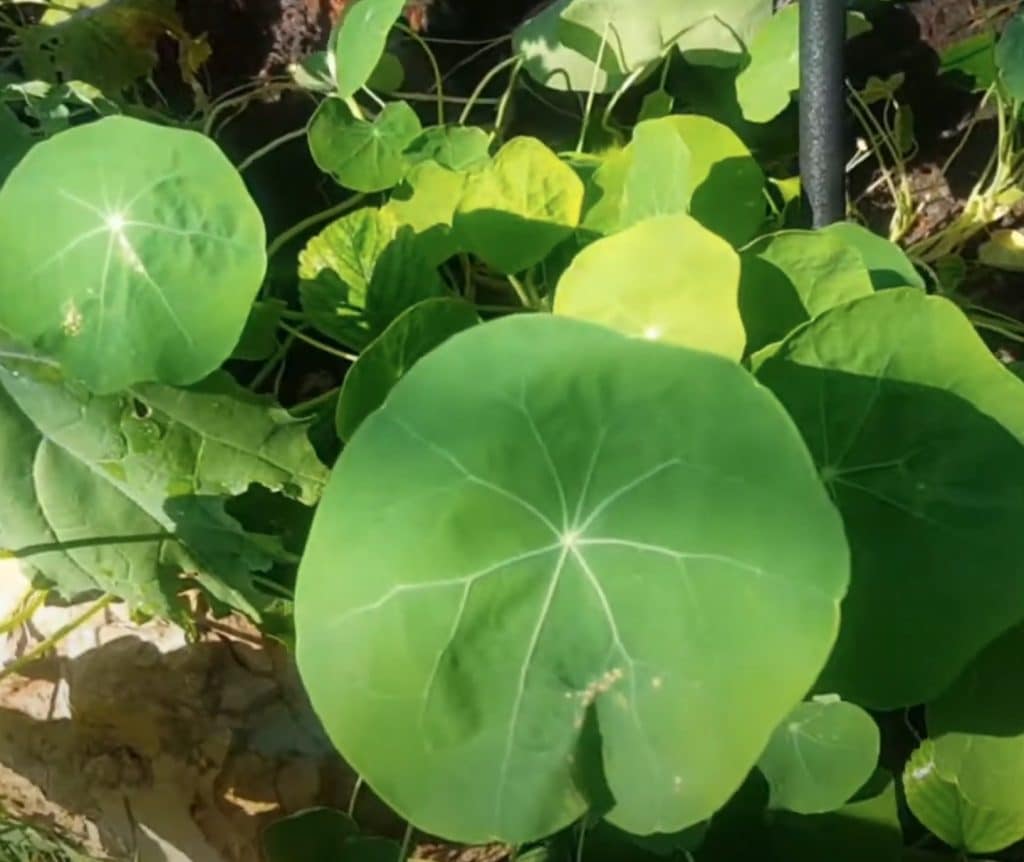
When to Plant: Sow seeds outdoors after the last frost, usually late spring, when soil warms to 55°F or higher.
Common Varieties: Empress of India, Alaska, and Tom Thumb offer different flower colors and growth habits.
Companions: Nasturtiums flourish around tomatoes, cucumbers, and beans, drawing pests away from main crops.
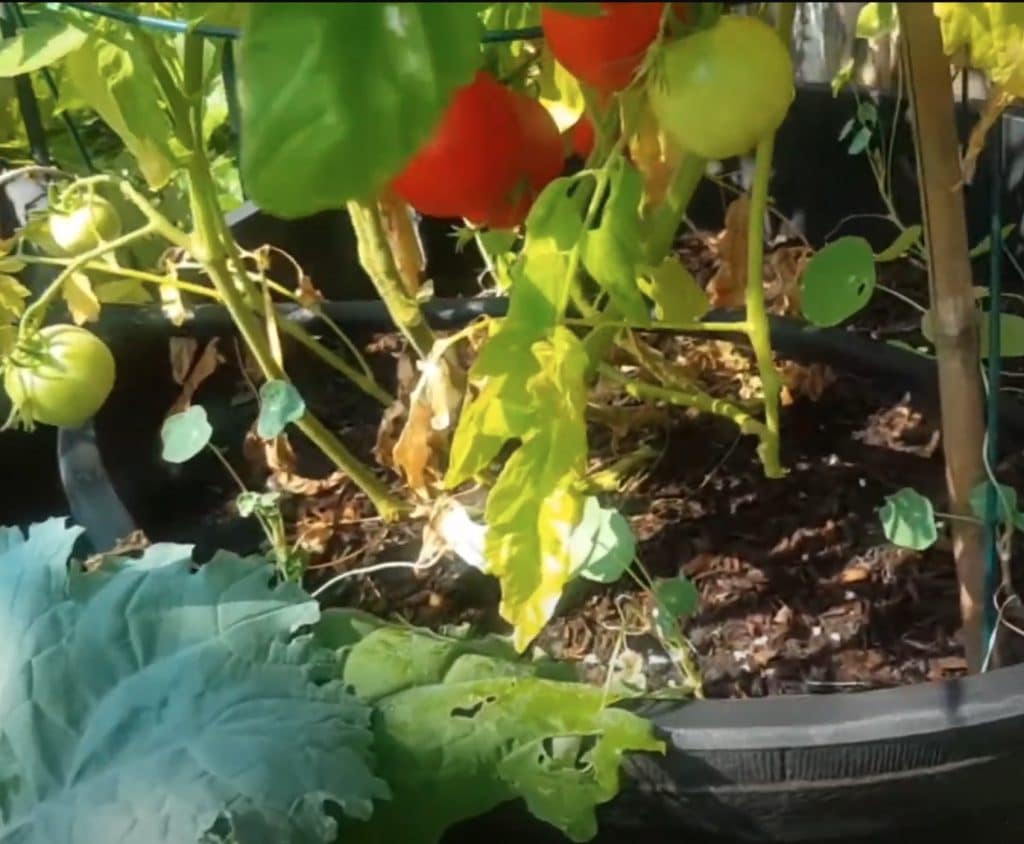
Nasturtiums are easy-to-grow annuals with bright, peppery flowers that distract aphids and other insects, effectively working as a “trap crop.”
Plant them close to your tomatoes, so pests move to the nasturtiums instead of the tomato leaves. They enjoy sun or partial shade and don’t demand especially rich soil.
Water consistently, but avoid overwatering, as nasturtiums thrive in slightly drier conditions. Both flowers and leaves are edible, adding a peppery zip to salads and garnishes.
Their colorful presence in the garden is a bonus for the eyes and a deterrent for unwanted insects.
5. Chives
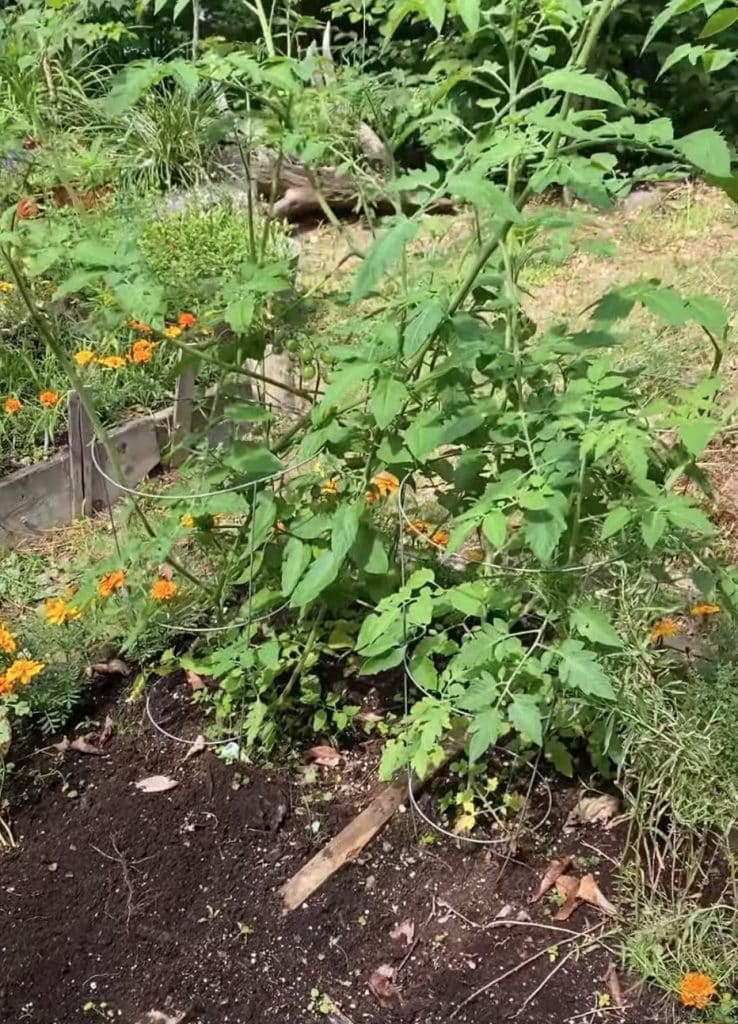
When to Plant: Plant bulbs or divisions in early spring, a few weeks before the last frost, or sow seeds when soil temps hit 60°F.
Common Varieties: Common Chives (Allium schoenoprasum) or Garlic Chives (Allium tuberosum) are classic garden staples.
Companions: Chives get along with tomatoes, carrots, and most herbs, repelling many pests.
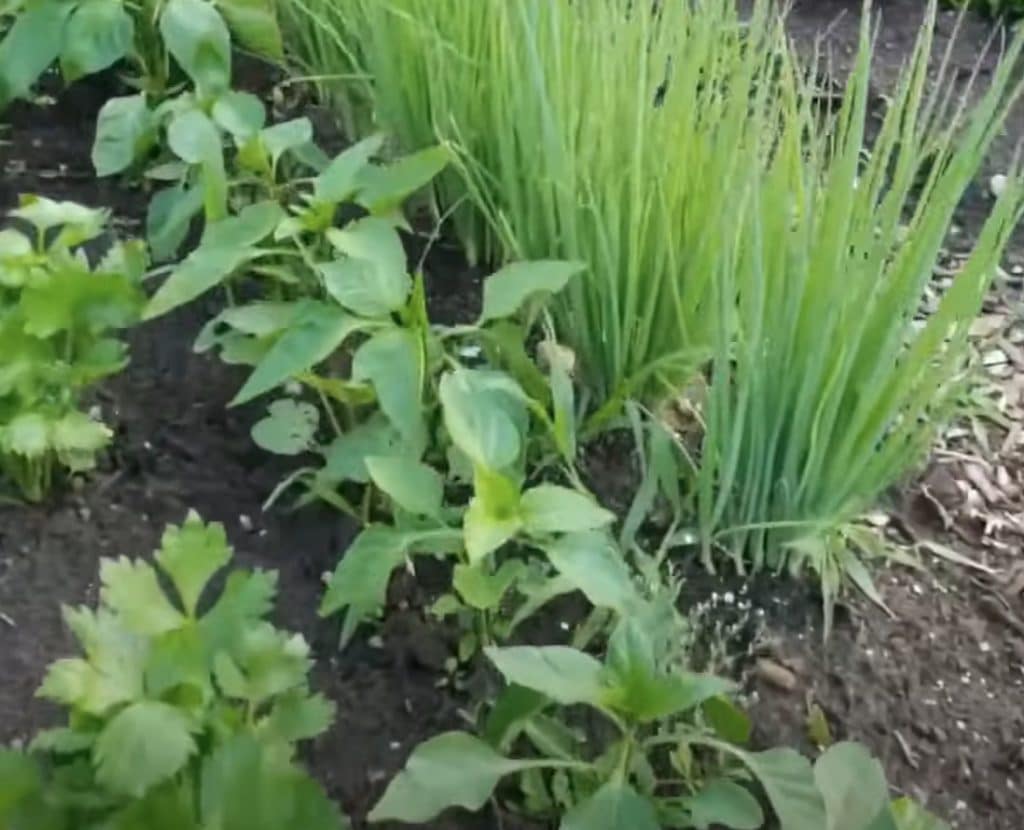
Chives form tidy clumps of slender leaves that add a subtle onion flavor to dishes. Around tomatoes, chives help repel aphids and Japanese beetles, protecting those precious tomato vines.
They prefer a sunny spot in rich, well-draining soil but are adaptable to various conditions. Trim the leaves often for kitchen use, which encourages new growth.
Allow a few stems to flower if you like—bees and butterflies love the soft purple blossoms. Chives also produce seeds that self-sow easily, so consider removing spent flowers if you’d rather keep them contained.
6. Carrots
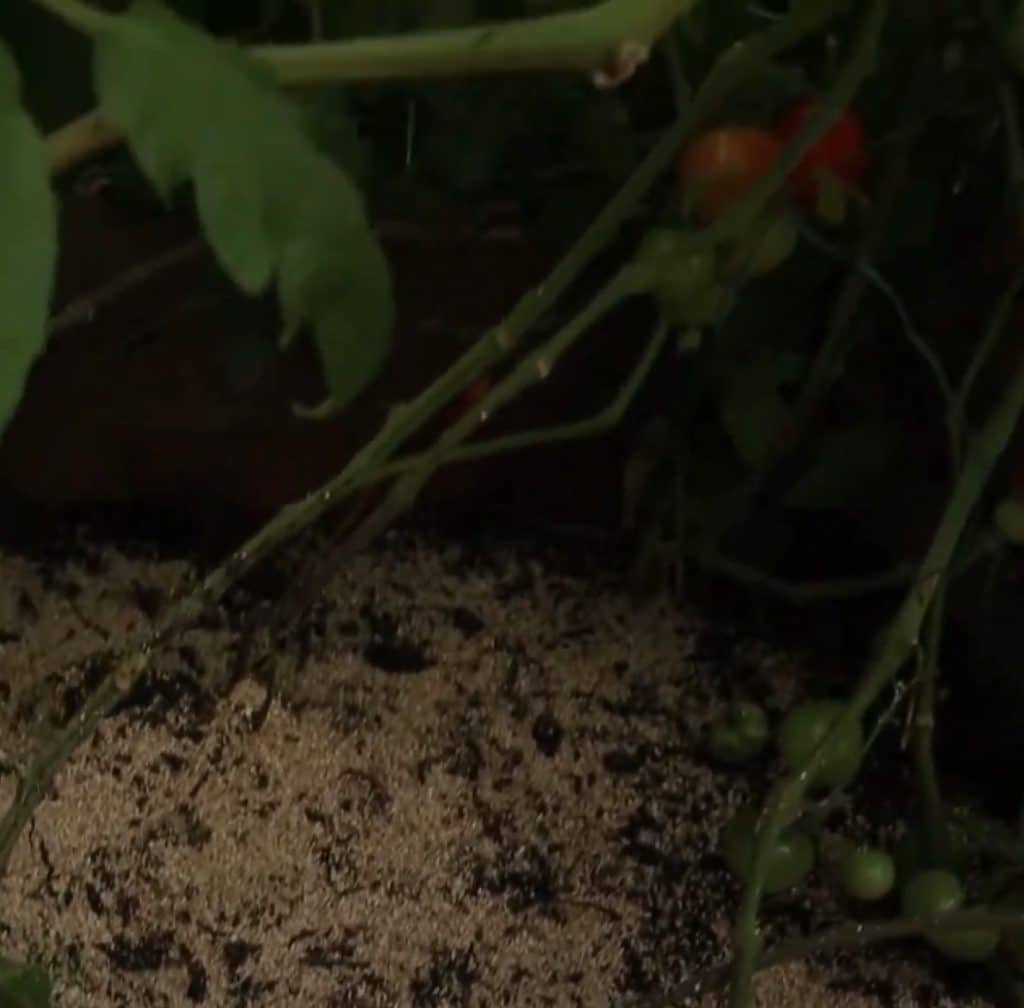
When to Plant: Sow seeds outdoors two to three weeks before the last frost, as soon as soil can be worked.
Common Varieties: Nantes, Imperator, and Danvers are reliable choices for sweetness and texture.
Companions: Carrots often do well near tomatoes, lettuce, and chives.
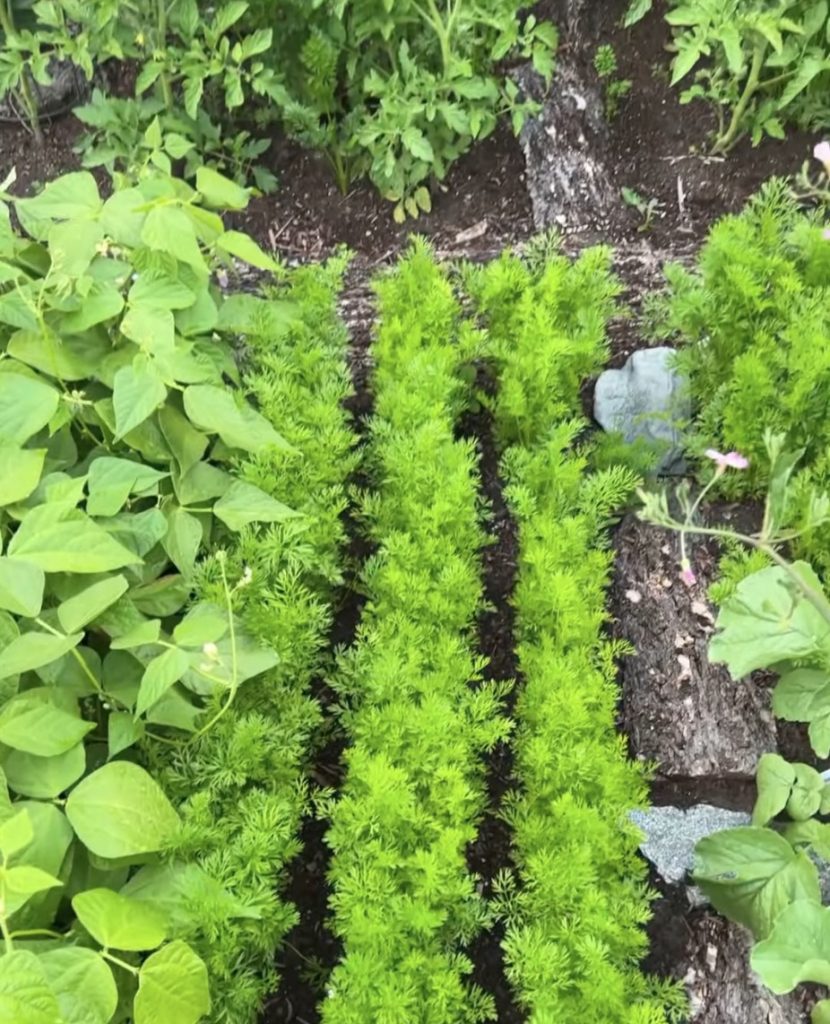
Carrots and tomatoes make a classic pairing. Tomatoes provide partial shade for carrot seedlings, preventing them from bolting or developing bitter flavors under hot sun.
Meanwhile, carrots’ roots help loosen and aerate the soil around tomato roots. Carrots prefer well-tilled, sandy or loamy soil with consistent moisture.
Thin seedlings once they grow a few inches tall to allow space for thick roots to develop. Harvest young carrots for tender sweetness, or wait until they reach their mature size.
Keep weeds under control, especially when seedlings are small, to avoid competition for water and nutrients.
7. Lettuce
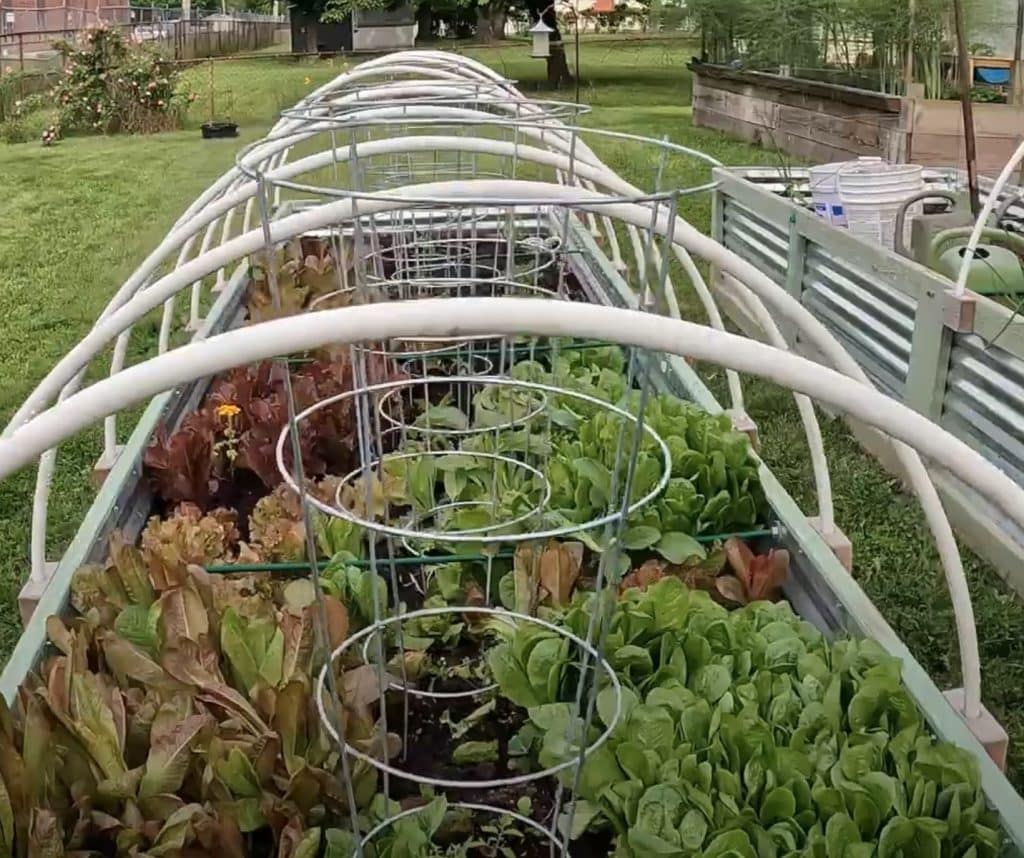
When to Plant: Sow seeds indoors a few weeks before the last frost or direct-seed once soil warms to about 50°F.
Common Varieties: Buttercrunch, Romaine, and Loose Leaf types like Red Salad Bowl thrive in spring and fall.
Companions: Lettuce pairs easily with tomatoes, radishes, and peas, enjoying partial shade in hotter weather.

Tomatoes can offer just enough dappled shade to keep lettuce cool, preventing it from bolting (going to seed) too soon in the heat. Lettuce appreciates fertile soil and steady watering to keep leaves crisp.
Harvest the outer leaves continuously, or cut the entire head when it’s fully formed. With lettuce in the mix, you’ll have a ready supply of fresh greens to go with your homegrown tomatoes.
Plant successive rounds every few weeks to maintain a constant harvest. If temperatures get too high, consider using mulch or row covers for additional protection.
8. Onions
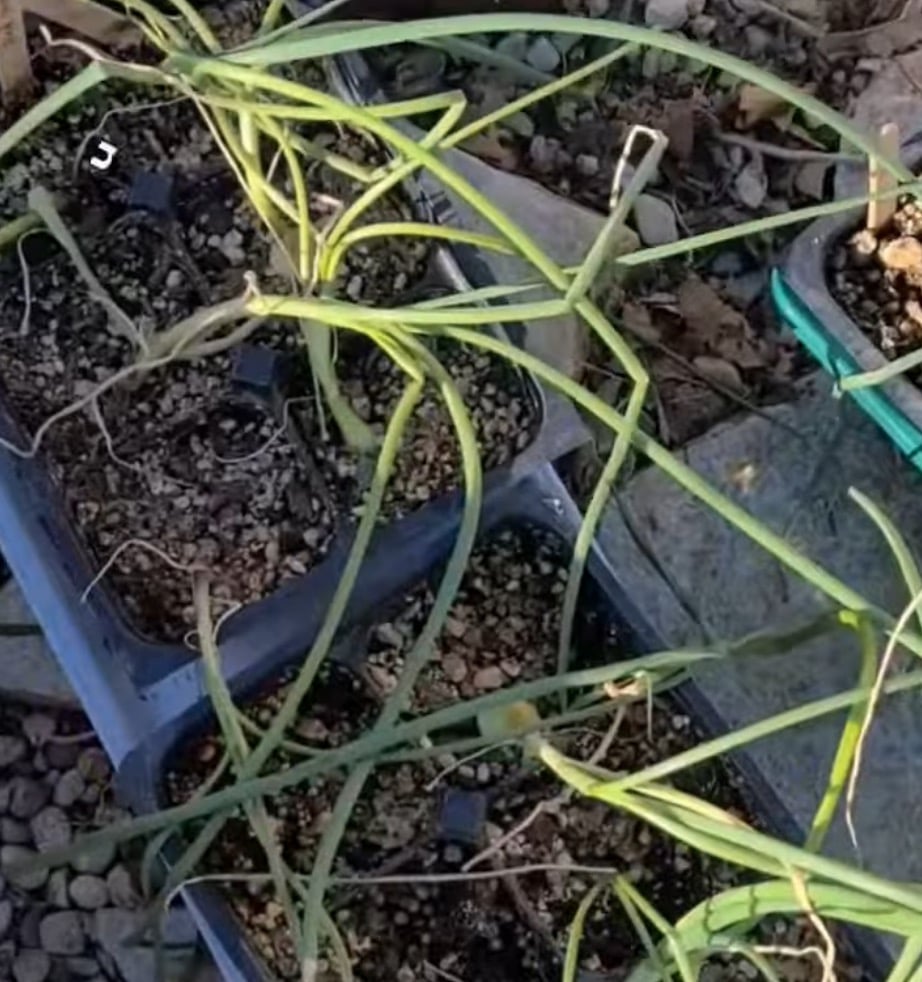
When to Plant: Start sets or transplants in early spring, as soon as soil temperatures climb above 50°F.
Common Varieties: Yellow Sweet Spanish, Candy, and Red Burgundy adapt well to most gardens.
Companions: Tomatoes, peppers, and cabbage all benefit from onions’ pest-repelling odor.
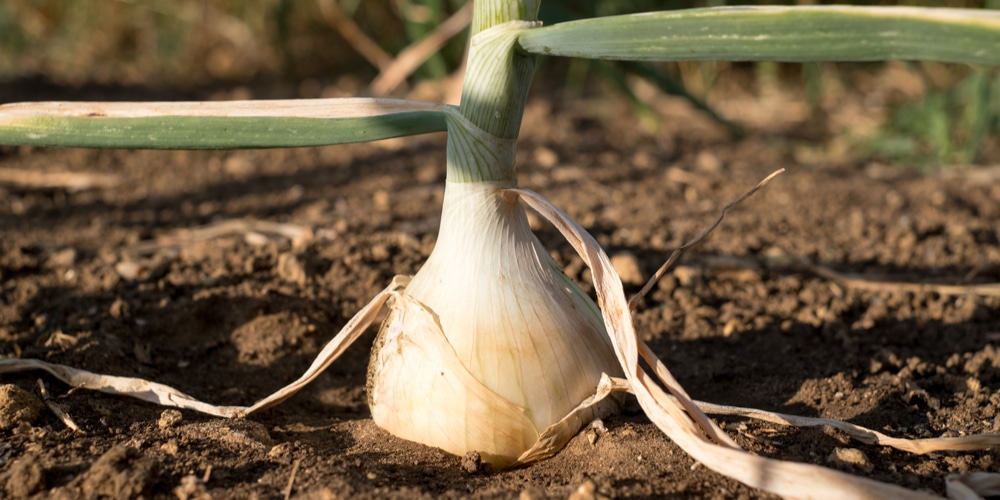
Onions produce a pungent scent that helps deter pests like aphids, thrips, and even rabbits. Plant them in rich, well-drained soil that receives full sun, and keep the area free from weeds.
Water consistently, especially during bulb formation, but avoid overwatering to prevent rot. Harvest onions when the tops start to yellow and fall over, usually mid to late summer. For maximum storage life, cure them in a warm, dry place.
Chopping or slicing fresh onions from your own garden heightens the flavor of homemade tomato sauces, salsas, and other summer dishes.
9. Garlic
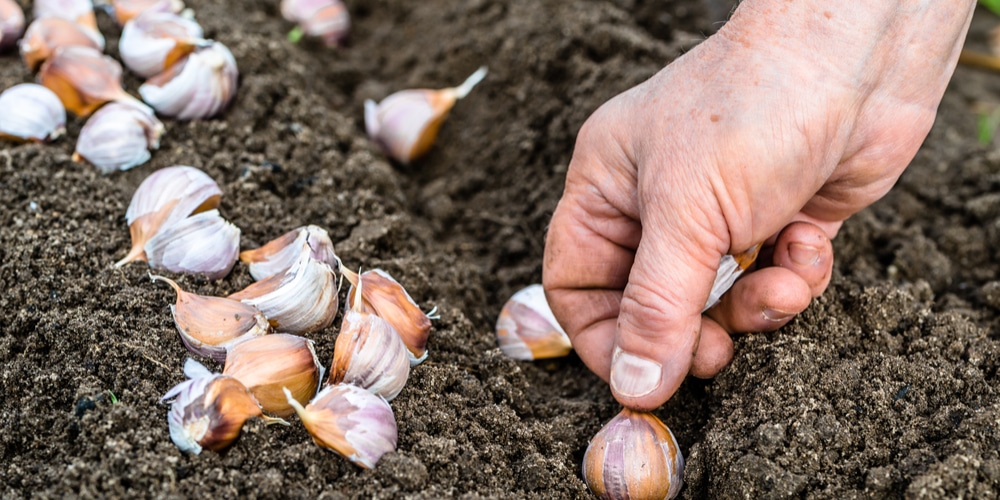
When to Plant: Typically planted in fall, a few weeks before the first frost, but spring planting is possible in milder regions.
Common Varieties: Softneck types like California Early store well; Hardneck varieties like Music offer big cloves and robust flavor.
Companions: Garlic helps tomatoes, peppers, and lettuce by repelling red spider mites and other insects.
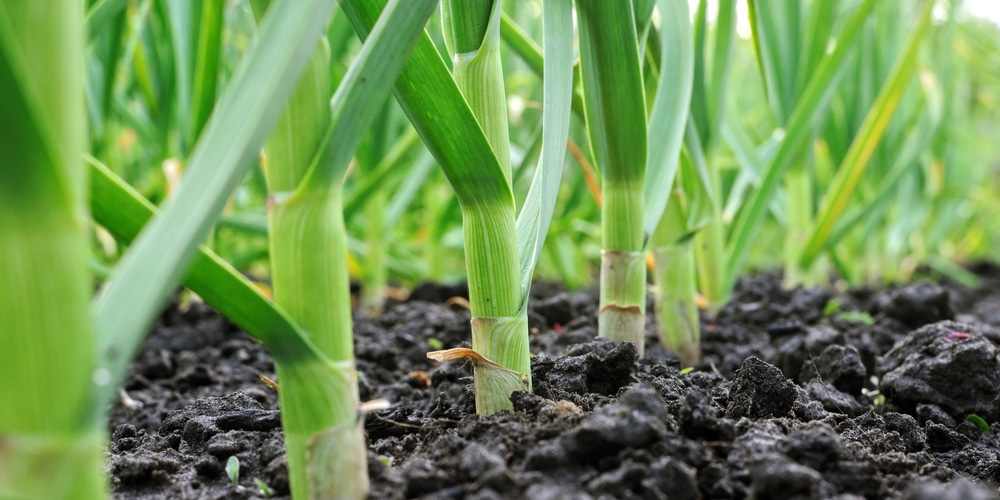
Garlic is famous for its strong aroma, which wards off many garden pests. It’s also believed to boost tomato flavor when planted nearby.
Give garlic loose, well-drained soil rich in organic matter, then keep it watered but not soggy. As the weather warms, garlic sends up tall scapes (flower stalks) that should be snipped off to encourage bigger bulb growth—and those scapes are delicious sautéed.
When the leaves turn yellow and die back, pull your bulbs, let them cure for a few weeks, and store them for long-term use. Fresh garlic rounds out home-cooked sauces and salsas beautifully.
10. Spinach
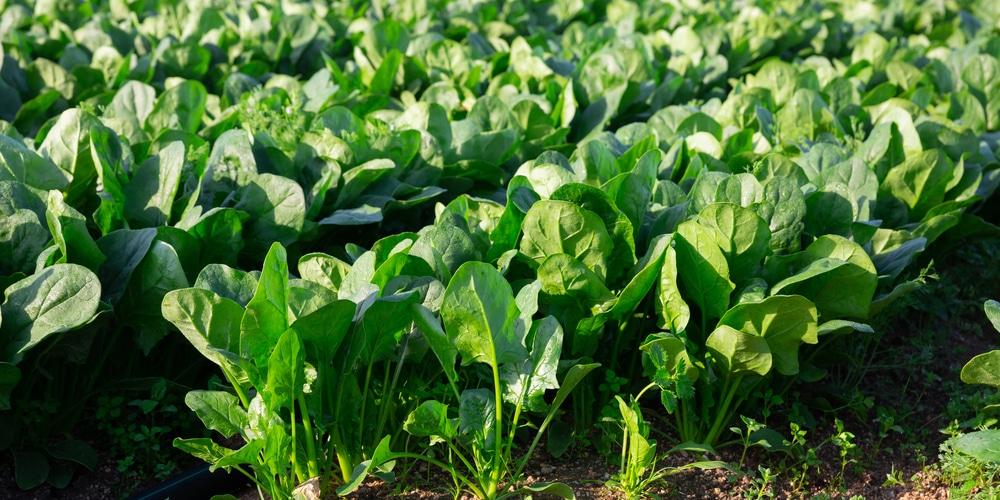
When to Plant: Seed in early spring or late summer, when soil temps hover around 50°F to 60°F.
Common Varieties: Bloomsdale Long Standing, Tyee, and Giant Noble can handle slightly warmer days.
Companions: Spinach grows well beneath tomatoes, peas, and broccoli, using the partial shade to stay cool.
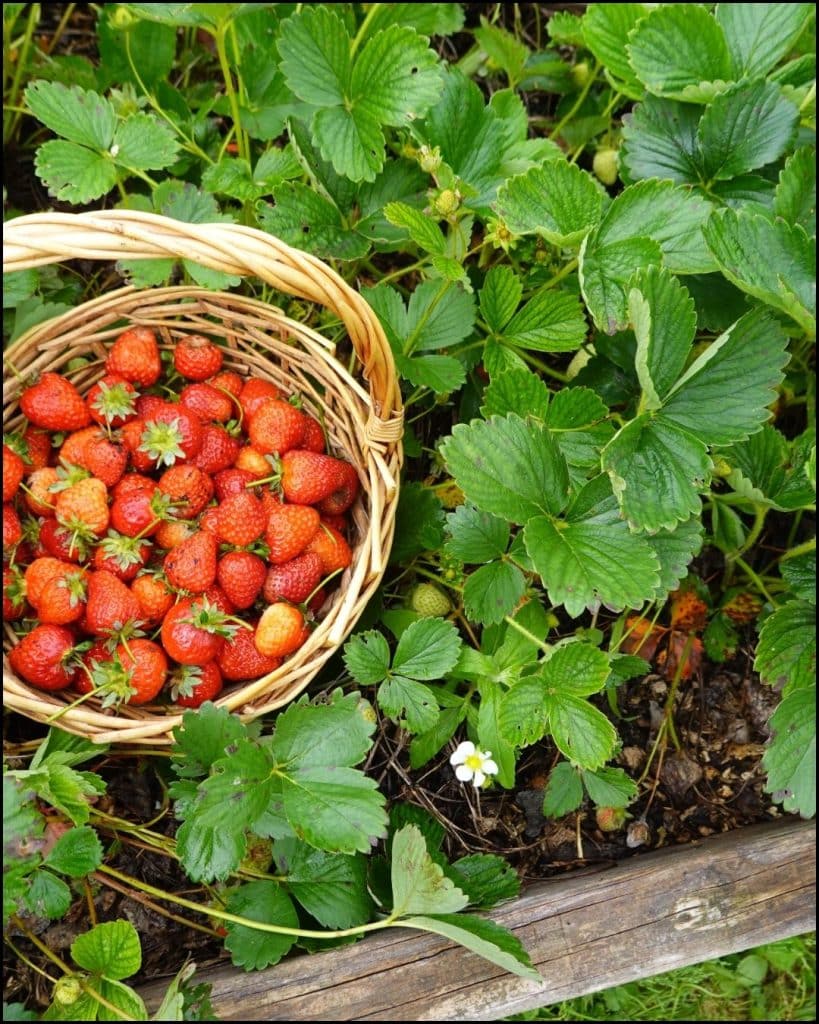
Spinach prefers cooler conditions, so it takes advantage of shade from taller tomato plants. Consistent moisture and well-fertilized soil keep spinach leaves sweet and tender.
Harvest by snipping individual leaves or cutting the entire plant at the base. If temps spike, the plants may bolt quickly, sending up seed stalks—try shading them more or switching to a summer-friendly green like Malabar spinach.
For maximum yields, sow small batches of seeds every couple of weeks so that new spinach pops up as older plants fade. Enjoy the fresh, nutrient-rich leaves in salads, soups, or sautés.
11. Peppers
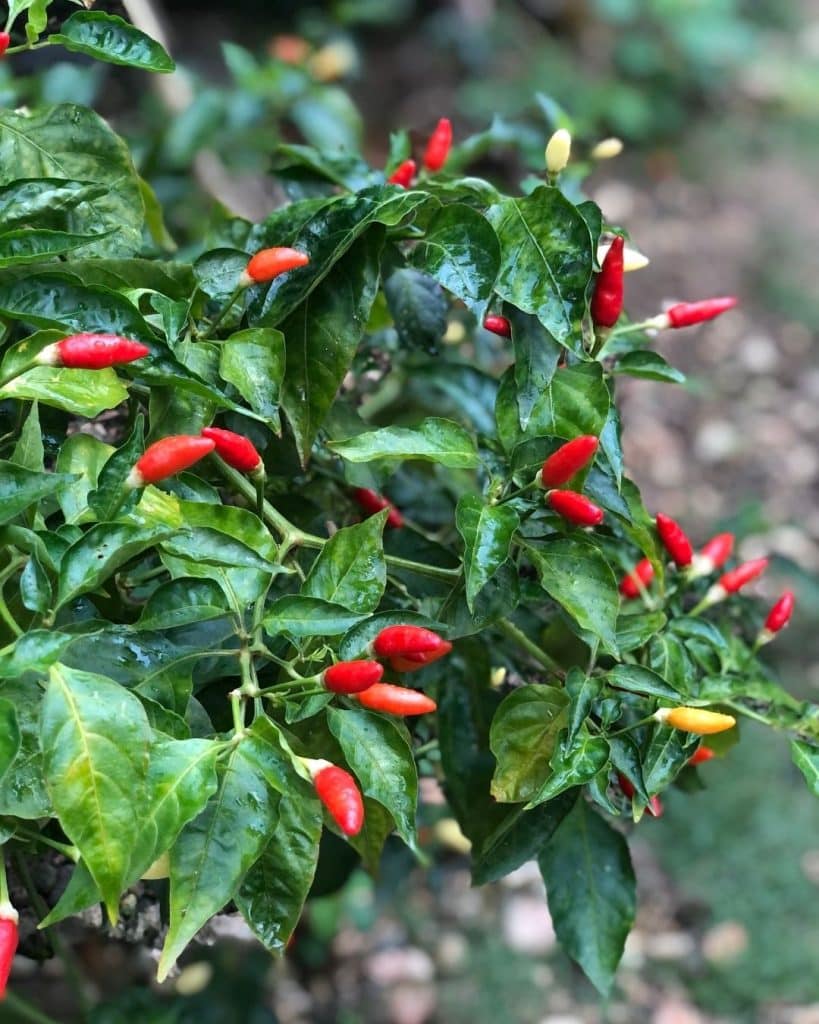
When to Plant: Transplant peppers in mid to late spring once overnight temps stay above 55°F.
Common Varieties: California Wonder (bell), Jalapeño, and Poblano thrive in many home gardens.
Companions: Tomatoes, basil, and onions all share similar sun and soil needs, creating a harmonious block of warm-season crops.
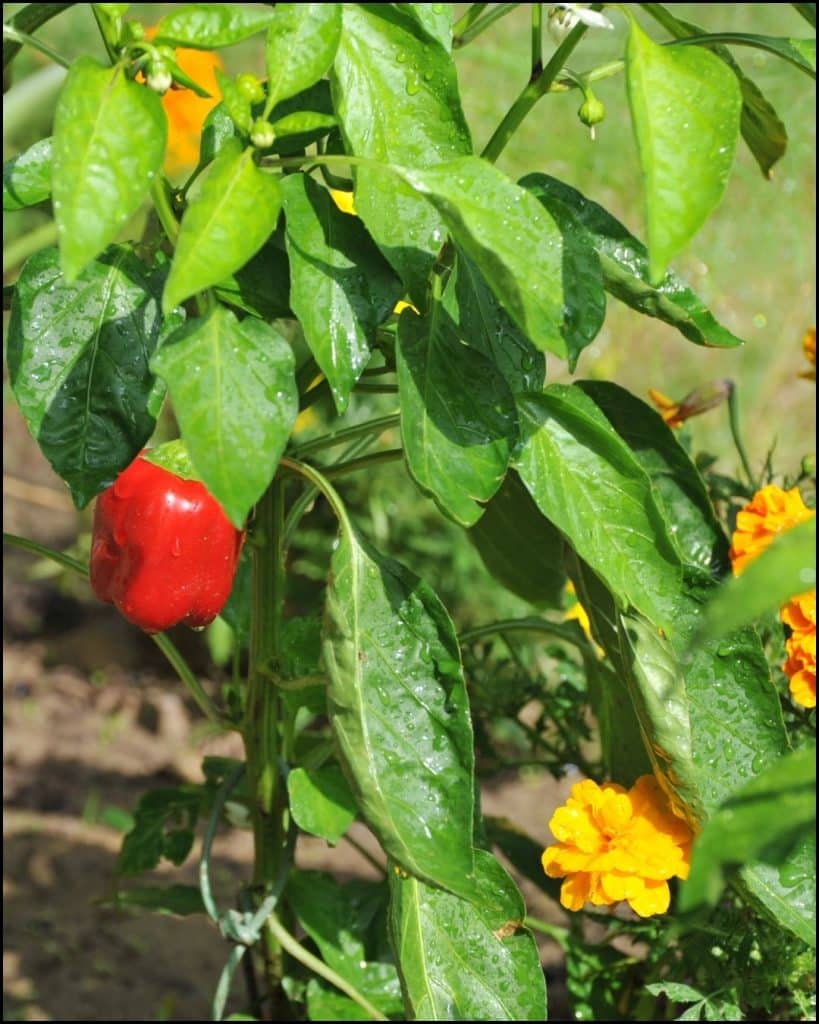
Peppers and tomatoes are both members of the nightshade family, which means their growing conditions are very similar: full sun, well-draining soil, and regular watering.
Interplanting peppers with tomatoes can help conserve garden space, and the thick foliage provides some shade for each other’s roots on scorching days.
Keep an eye out for shared pests—rotate crops next season to reduce the risk of recurring issues. Regular fertilizer or compost applications keep these heavy feeders satisfied.
Harvest peppers at their preferred ripeness for the best flavor, whether you like them green, red, or somewhere in between.
12. Asparagus
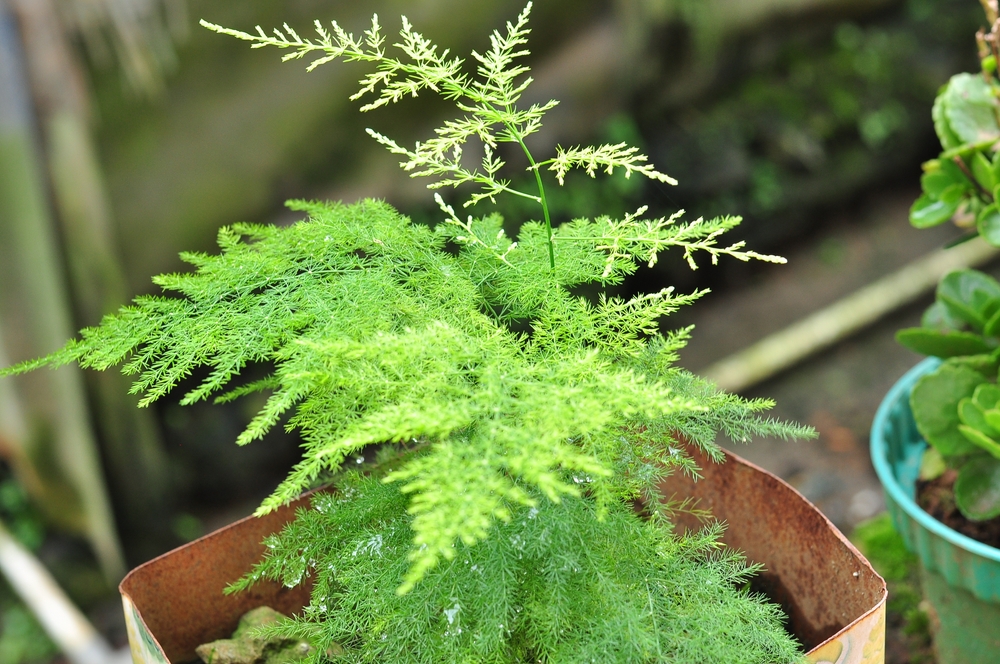
When to Plant: Plant crowns or start seeds in early spring, once soil can be worked and daytime temps stay above 50°F.
Common Varieties: Mary Washington, Jersey Knight, and Purple Passion are well-regarded heirloom or hybrid varieties.
Companions: Asparagus and tomatoes can benefit each other by reducing certain pests and sharing soil nutrients efficiently.
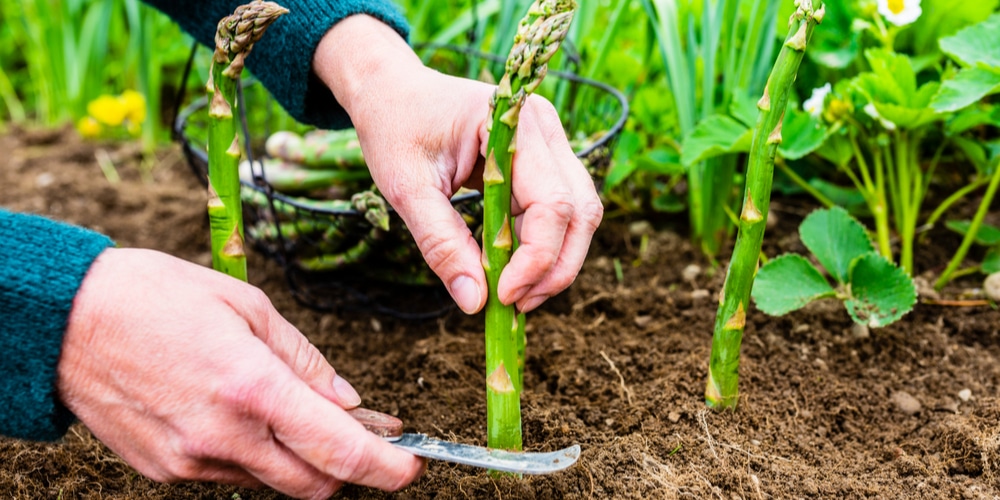
Asparagus is a perennial crop, so give it a dedicated space in the garden. Its ferny fronds and deep root system improve soil structure, helping tomatoes planted nearby.
In return, tomatoes give off solanine, which some believe repels asparagus beetles. Plant asparagus crowns in deep trenches, covering them gradually as they grow taller. It can take a year or two before you can harvest spears, but the wait is worth it.
Once established, asparagus produces reliably every spring. Because it’s a long-term resident, keep the bed weed-free and well-fertilized to enjoy fresh, homegrown spears for years to come.